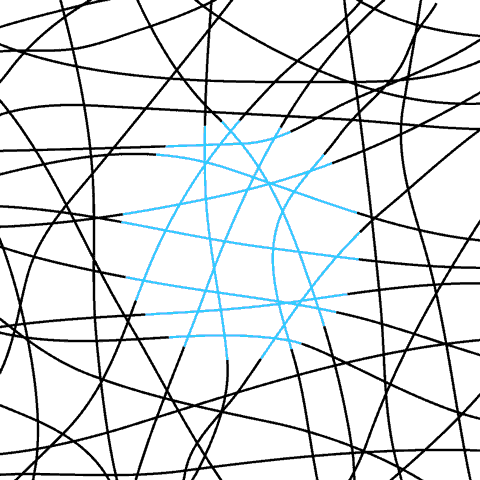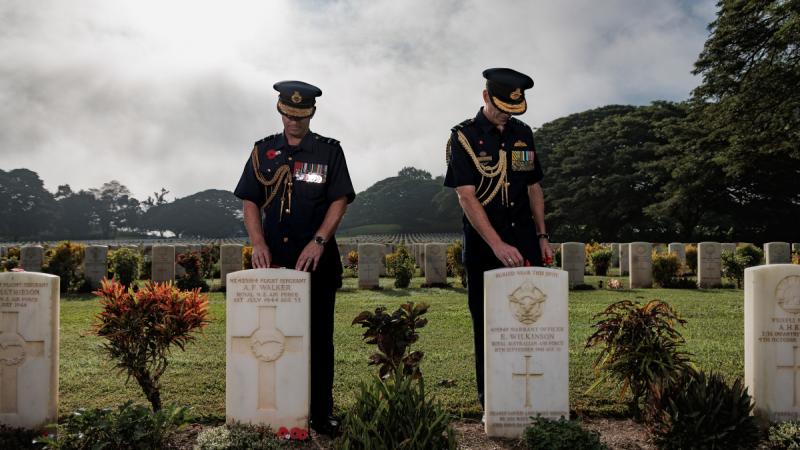Teachers and principals will walk out for 24 hours tomorrow as new figures show the number of vacant permanent teaching positions in NSW has increased to more than 3,000.
NSW Teachers Federation president Angelo Gavrielatos said the government had made no effort to address the unsustainable workloads and uncompetitive salaries that were leading to growing teacher shortages across NSW.
New Department of Education figures show that of the 44,500 permanent teaching positions in NSW public schools, 3,038 were vacant in mid November. Even excluding 1,037 new positions there were 2,001 vacant positions – more than double the 995 recorded in June.
School by school figures for October shows more than 70% of public schools had vacant positions. 95% of schools in the Blacktown region had vacancies along with 87% of the schools in the city’s south west and outer south west.
Mr Gavrielatos said: “Teachers and principals from the inner west to the Far West are telling us they just can’t find the fulltime and casual teachers they need.
“In western and south-western Sydney where student needs are the highest, the vacancy rates are also the highest.
“The NSW Government is concerned about children missing out for one day, but we are concerned about children missing out every day because there simply aren’t enough teachers.
“If we don’t pay teachers what they are worth, we won’t get the teachers we need.
“The workloads of teachers are unmanageable and the government’s 10-year wages cap means the salary they earn doesn’t reflect the skills or responsibilities they have.
“Unfortunately, the only action the NSW Government is prepared to take is legal action to try and stop teachers and principals protesting over salaries and workloads.”
New figures also published by the NSW Government show that the shortages are forcing one in five Year 7 to 10 teachers to teach outside their area of expertise. One in three secondary teachers educating children with disabilities are working outside their area of expertise.
An internal Department of Education briefing paper, warns NSW is facing “a large and growing shortage of teachers” and the state could miss out on more than 3,000 teachers unless a 30% drop in the number of people studying teaching is reversed.
Mr Gavrielatos said the government had no coherent strategy to fix the growing shortage of teachers, fill the 3,000 vacant permanent positions and recruit the additional 11,000 teachers needed, at a minimum, in the next decade.
“An investment in teachers through higher wages has been shown in national and international research to improve the attraction and retention of teachers and draw into the profession people with higher levels of academic achievement,” Mr Gavrielatos said.
“As the Department of Education found, teachers’ pay has been falling compared to other professions since the 1980s and this makes it a less attractive profession for high achieving students and career changers.
In line with the recommendations of the Gallop inquiry, teachers and principals are seeking a salary increase of between 5 to 7.5 per cent a year to recognise the increase in their skills and expertise and begin to reverse the decline in teachers’ wages compared to other professions.
An increase in preparation time of two hours a week is also sought to allow teachers more time for lesson planning and collaboration with their colleagues. The Gallop inquiry found the current levels of preparation time had not changed since the 1950s for secondary teachers and the 1980s for primary teachers.
Teachers from Sydney and surrounding areas will rally in Macquarie Street tomorrow at 10am tomorrow after marching from Hyde Park where they will gather at 9.30am.
Regional rally locations and times







